The history of urban development in New York State is a fascinating narrative that reflects the dynamic growth and transformation of cities and communities over the centuries. Here is a brief overview of key periods and themes in the urban development of New York State:
- Indigenous Settlements: Prior to European colonization, the region now known as New York State was home to various Indigenous peoples, including the Algonquian, Iroquoian, and Lenape nations. They established settlements along waterways, engaging in agriculture, trade, and cultural exchange.
- Dutch and English Colonial Era: In the early 17th century, the Dutch established New Amsterdam on the southern tip of Manhattan Island. In 1664, the English seized control and renamed it New York. The city began to grow as a commercial hub, with a bustling port and diverse population.
- 19th Century Expansion: The 19th century saw significant urbanization and industrialization. The completion of the Erie Canal in 1825 connected New York City to the Great Lakes, facilitating trade and contributing to the city’s economic boom. Cities like Buffalo and Rochester also flourished due to their strategic locations along transportation routes.
- Immigration and Tenements: The latter half of the 19th century witnessed a massive influx of immigrants, particularly to New York City. This period saw the construction of tenement housing to accommodate the growing population. These densely populated and often unsanitary living conditions became a defining feature of urban life.
- Skyscrapers and the Rise of Manhattan: The early 20th century marked the construction of iconic skyscrapers, such as the Woolworth Building (1913) and the Chrysler Building (1930), in Manhattan. The city solidified its status as a global financial and cultural center during this period.
- Post-World War II Suburbanization: Like many other states, New York experienced suburbanization in the post-World War II era. The development of highways and increased car ownership led to the growth of suburban communities, changing the dynamics of urban living.
- Urban Renewal and Challenges: In the mid-20th century, many cities, including those in New York State, undertook urban renewal projects. While some aimed to revitalize neighborhoods, others resulted in the displacement of communities. Cities also faced challenges such as deindustrialization and economic decline.
- Gentrification and Contemporary Urban Development: In recent decades, cities like New York City have undergone processes of gentrification, with the revitalization of once-declining neighborhoods. The development of waterfront areas, the High Line park, and the revitalization of Brooklyn are examples of contemporary trends in urban development.
- Sustainable and Inclusive Development: In response to environmental concerns and social equity issues, there has been a growing emphasis on sustainable and inclusive urban development. Initiatives focusing on green spaces, public transportation, and affordable housing aim to create more livable and resilient cities.
The history of urban development in New York State is complex and multifaceted, shaped by social, economic, and cultural forces. The state’s cities continue to evolve, reflecting the ongoing challenges and opportunities of urban life.

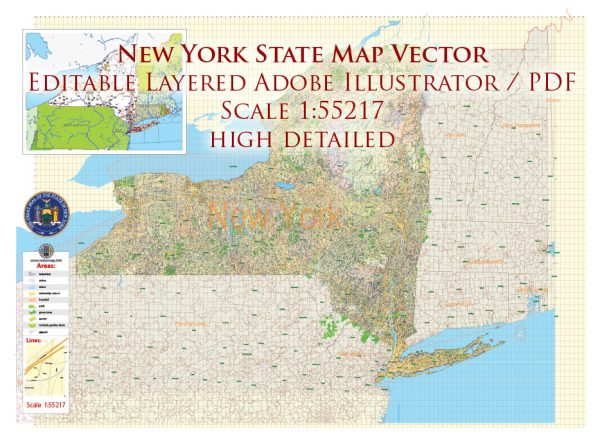
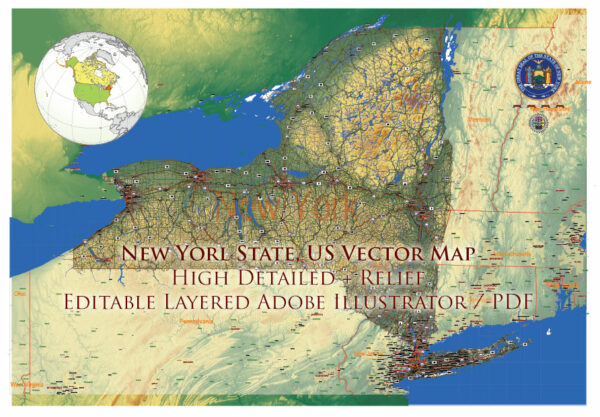
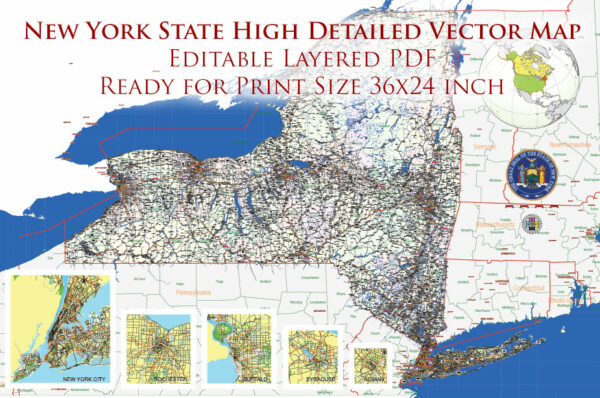
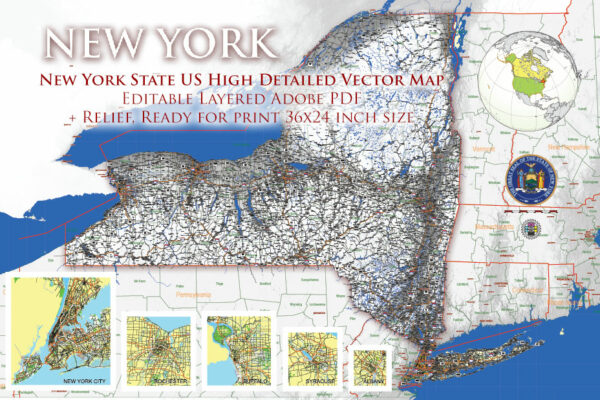
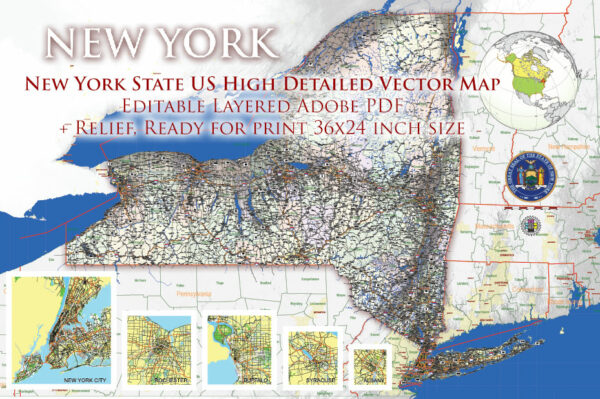
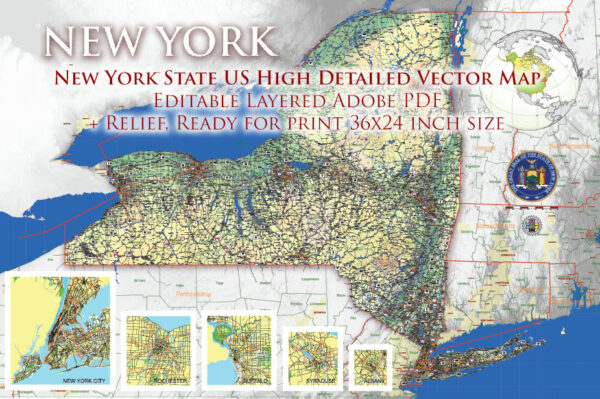
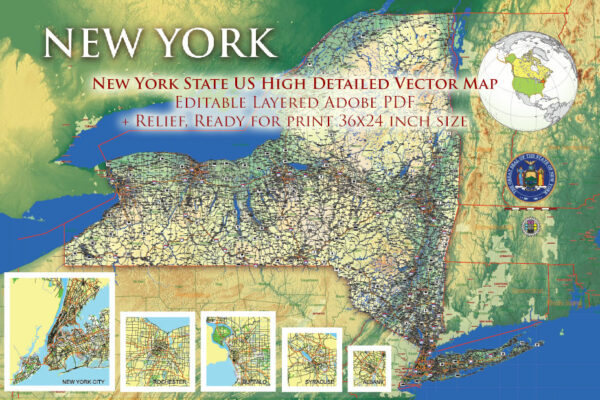
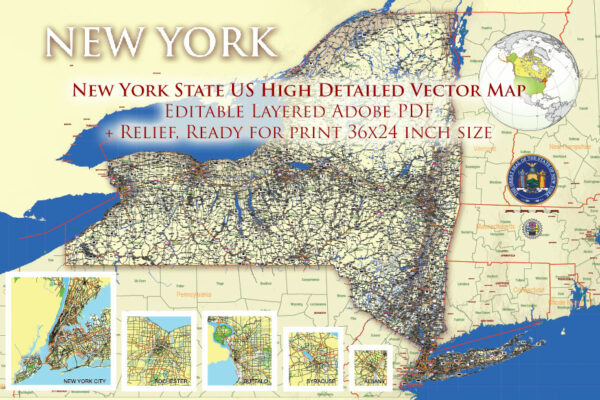
 Author: Kirill Shrayber, Ph.D.
Author: Kirill Shrayber, Ph.D.